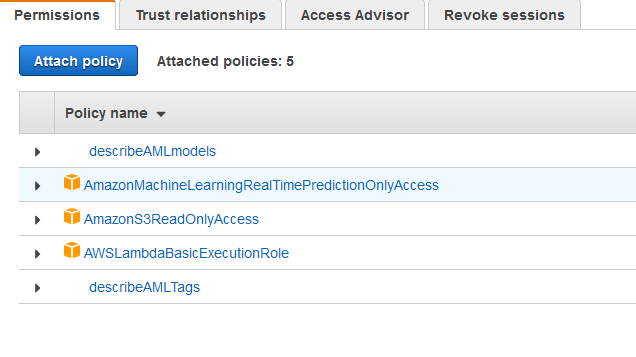I had coffee with an acquaintance who is doing a lot of event driven data processing. Whereas ten years ago to tackle this problem you might use an ETL tool like Pentaho or Talend, now his process runs entirely on AWS Lambda functions. He is leveraging the Serverless framework to manage and deploy these applications. As I understand it there is a thin shim layer between the business logic and the lambda event handler, but the business logic is isolated and knows nothing about its environment. That makes the business logic very testable.
His description of the Serverless framework intrigued me. As he described it, the framework is driven by a simple yaml file and takes care of, among other tasks, the complicated infrastructure set up to tie Lambda functions to a variety of AWS events. I haven’t done it myself, but I’ve heard that setting up a lambda to API Gateway link is a real bear. Doing so allows a lambda function respond to a web requests without any AWS authentication, and is a key use case.
You can write and deploy lambda functions in any language that AWS Lambda supports (unfortunately, not java 9 at the moment). Here’s a java/maven/serverless tutorial. It also supports multiple cloud providers, though I haven’t done much beyond note that the documentation exists.
However, using Serverless does require writing code. If evaluating a a complicated ETL process which non developers needed to be able to understand and support, Serverless would not be a good fit. I’m not aware of any abstraction layers on top of it, though I guess you could run, for example, Pentaho Kettle jobs within lambda. There’s also an issue around cold start times–when your code hasn’t been invoked for a while, it can take longer to start up when a request or event occurs. Apparently there are partial solutions, but your lambdas still get cycled every few hours regardless.
I worked through some of the tutorials and was impressed at just how easy it was to get started. If I had a simple API or data processing pipeline to build, Serverless would definitely be on my short list of possible implementation options. It is very inexpensive, scales easily and encourages encapsulation.
Incidentally, my acquaintance’s company is hosting a lunch and learn on this technology at the end of the month. More details here.

